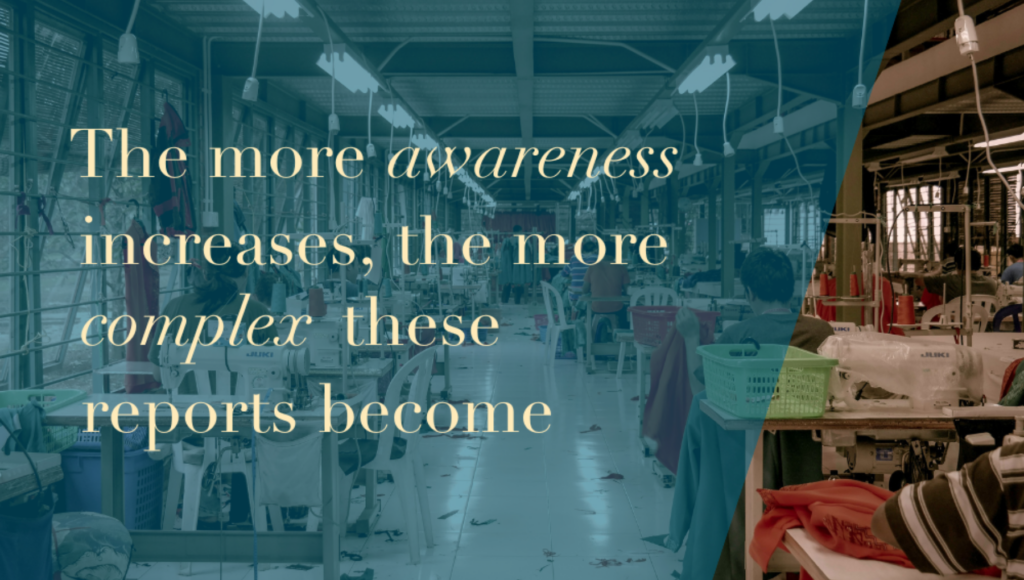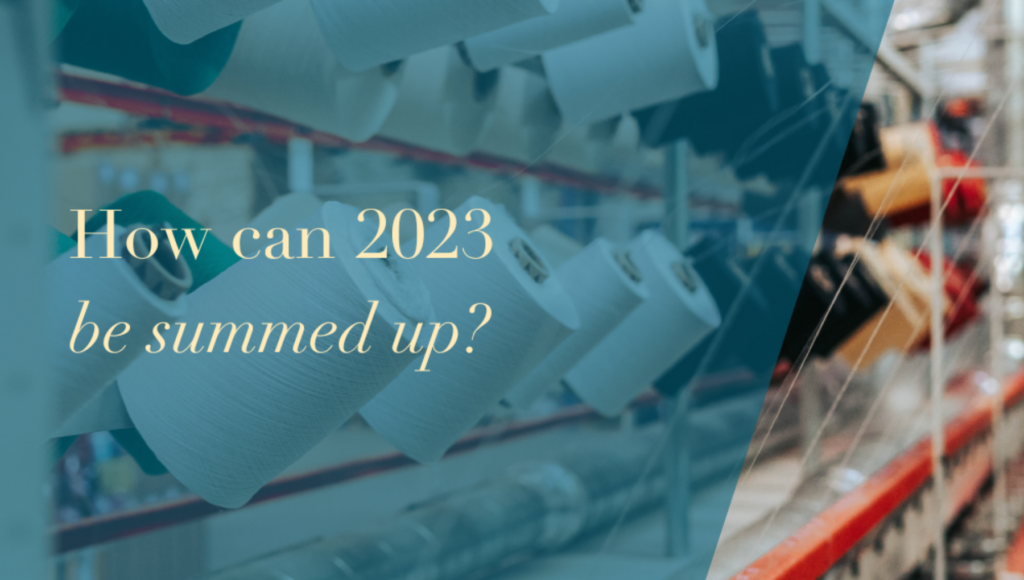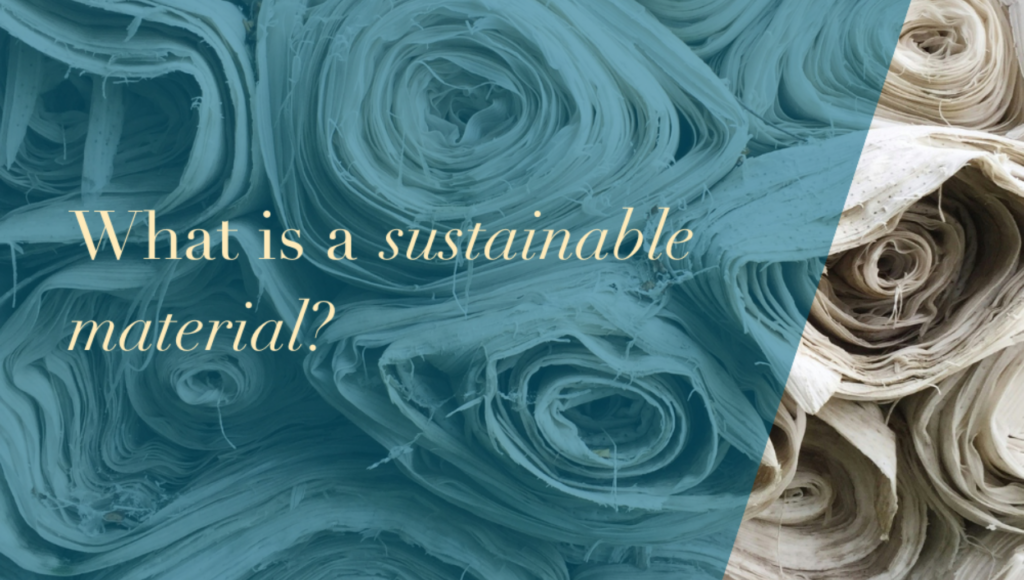It’s Spring, the Season for Sustainability Reports


By Silvia Gambi, Journalist and Federica Marchionni, CEO, Global Fashion Agenda
April is often a time to take stock: a number of brand and company sustainability reports have come out in recent weeks, and more will be released soon. They come in different forms and with different names, but they have a common ambition: to try and make a company’s goals and results accessible, providing technical information in a comprehensible manner. We are naturally talking about documents that are not related to mandatory reporting, which can be difficult to interpret for a non-expert audience.
Data and measurements are essential to share corporate goals in a transparent manner. The language and words used are important when it comes to communicating sustainability because the opacity of a term or message can sometimes hide the pitfall of greenwashing. Last year during Global Fashion Summit, “The Sustainable Fashion Communication Playbook” was presented by the United Nations Environment Programme, which remains a fundamental tool for those in the industry, providing useful indications on how to speak correctly about these issues.
But back to sustainability reports: what can we anticipate in 2024?

Company sustainability reports are an excellent observational tool to understand how the concept of sustainability has evolved over the years. Until a few years ago, they were documents that devoted ample space to the history of the brand, the philosophy of the products, the well-being of employees, providing some data, but mostly from a marketing perspective. They have since been enriched with new aspects, in response to the demand for in-depth analysis on the subject of responsibility and to meet an increasingly demanding audience.

2023 was a difficult year to recount for the fashion world: although the Covid pandemic seems far away, in reality the effects on the economy are still evident. After the two difficult years of lockdown and reduced trade, 2022 took the fashion world and its supply chains by surprise with a huge amount of orders and trade. Warehouses were empty, analysts spoke of ‘revenge shopping’. Forecasts spoke of large numbers of consumers ready to start shopping again as if nothing had changed. Instead, 2023 was the year in which it was evident that there had been a deep change and that new paradigms were emerging. Consumers were no longer willing to buy at any cost. The price of products increased and at the same time inflation and geopolitical uncertainty made consumers more careful about their purchases.
With this in mind, it can be more challenging to deliver progress in sustainability reports due to the volatile and turbulent backdrop.

There are elements, however, that are under everyone’s lens and that every company or brand tries to analyse. Stakeholders have a higher level of awareness than a few years ago and therefore in-depth information is needed.
The strategy to reduce CO2 emissions is an important topic because the deadline of the Paris Agreement is fast approaching, and every brand wants to demonstrate the work it is doing to reach the internationally set targets. This issue is closely linked to knowledge of the chain: in order to have a reliable measurement of impact, it is also necessary to involve all production partners, where large quantities of emissions are concentrated. Full supply chain traceability has not always been commonplace, but rising stakeholder pressure on brands to assume greater accountability for their upstream impact has prompted increased focus on this. For this reason, the category of suppliers involved in a company’s measurement process is also featured in the reports: for clothing brands, the packaging stage is often included in the measurement, with the logistics connected to it. For earlier stages, transparency is presented in varying degrees.
Information on the materials used and their sustainability metrics is essential: this analysis serves to demonstrate the speed of change within brands. The set of materials used is very broad, because not only does this refer to fabrics, but also includes various components such as zips, buttons, and padding. There are some who are going into traceability at this level of depth and there are some who are focusing on raw materials. On this point, materials are indeed under the spotlight right now.

Materials can often be complicated to trace. There are hundreds of different standards for the fashion system. They do not all guarantee the same things and are therefore not of equal value. A thorough knowledge of the standard is essential to understand what is being declared in reports and communications. Information must be verified and verifiable: in such cases, the temptation to provide more promising data can be very risky. Being accurate and transparent is more important than sending out a message based on approximate data.
All this attention around materials is linked to a number of driving forces including the pressure on brands to deliver on material and emission targets, potential legislations on the horizon, and the fact that material switching is often a more accessible and affordable investment to make with near term impact. Finally, brands are likely attuned to the fact that citizens care deeply about the condition of the planet, and they care about people: nobody wants to wear a garment that has been made by exploiting the workers who helped to create it. There are questions that more and more people are asking before making a purchase and they need to be answered thoroughly and credibly. There are signs of a new mindset arising: people are opting to avoid purchases that do not represent their values. And this changes everything.